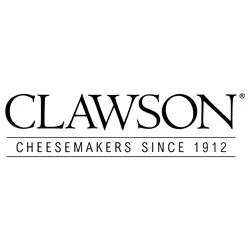Level Two has been designed for cheese industry professionals throughout the supply chain who wish to advance their learning and expertise. It will also appeal to consumers with a profound interest in expanding their understanding of cheese production and varieties.
This is an interactive course, which includes activities such as tasting around 25 different cheeses, cheese making, cheese and drinks matching, cow top trumps and assessing different ages of the same cheese. Students will be encouraged to stay in touch and support each other via a private Facebook group, and will be given clear guidance on how to approach home study and how to best approach the exam.
Academy of Cheese Level Two is a two day course covering nine distinct areas:
- The cheesemaking process
- An in-depth look at ingredients and production techniques
- Maturing, Affinage and Grading
- Evaluate the ripeness and maturity of a range of cheeses and different effects and methods employed
- Buying and Distribution
- Recognise an appropriate range of cheeses for particular situations, review the types of supply chain and demonstrate and understanding profit and costs
- Presentation
- Select the correct cheese tools to maintain appearance and recognise stock management systems
- Communicating
- Understand why certain pairings work and classic cheese recipes, consumption guidelines and learn appropriate descriptors
- Cheese industry knowledge
- Develop an understanding of cheese’s evolution and emerging trends
- Regulation and good practice
- A close look at HACCP, the role of food enforcement officers, the role of food labelling and the main pathogens
- Tasting
- You will use the Make Post Make Model to identify 100 cheeses
- Assessment criteria
- Undertaking Level Two requires 16-24 hours of classroom study and 54-72 hours of additional home study and there will be a short exam at the end of the course.
The course will be delivered by Patrick McGuigan, one of Britain’s leading cheese writers and teachers. He has written about cheese for titles including The Telegraph, The Financial Times and Delicious, and has contributed to BBC Radio 4’s The Food Programme. His first book, The Philosophy of Cheese, published by The British Library, was published in October 2020.
Dates: Tuesday 27 & Wednesday 28 September
Timings: 09:30 – 17:00
Venue: Guild of Fine Food, 42 Southwark Street, London SE1 1UN.


















Reviews
There are no reviews yet.